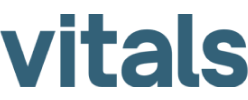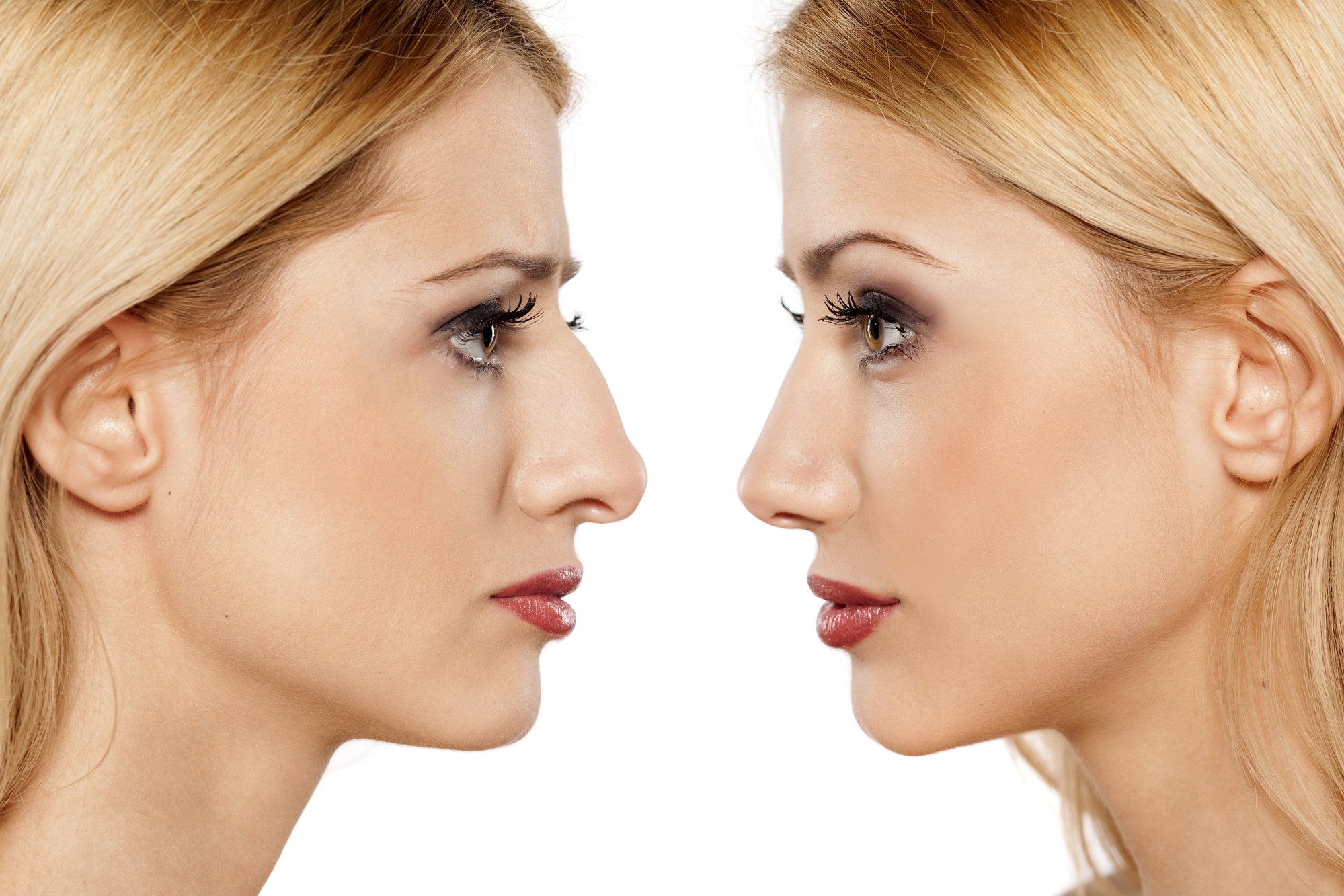










You may be eager to see the results of your rhinoplasty (nose reshaping) procedure right away, but the recovery process takes time. During this time, there are steps you can take to speed things up and ensure that everything heals properly.

The average rhinoplasty recovery time is one year. That may sound like a long time, but it becomes much more manageable when it's broken down into a timeline. The following recovery milestones may vary from patient to patient, but generally, it goes something like this:
1 Week: The splint can be removed from your nose and you can go out in public without showing noticeable signs of surgery unless there is bruising around the eyes. This may take 2 weeks to resolve. It is safe to resume activities of daily living.
2 Weeks: The majority of the facial swelling has subsided and most of the bruising should have resolved.
3-4 Weeks: You can safely return to cardiovascular activities such as jogging, swimming and cycling.
6 Weeks: The bones are stable, you can resume resistance workouts (weight lifting), wearing glasses and blowing your nose.
3-6 months: The numbness and abnormal sensations in your nose and nasal skin should be resolved.
1 Year: The healing process is complete - swelling should have subsided entirely and the nose's new shape is fully refined.
Is there any way to speed up this timeline? There are actually quite a few things you can do to make your plastic surgery recovery go by more smoothly. We recommend the following tips:
First and foremost, follow your doctor's instructions. You could read 100 web articles like this one about rhinoplasty recovery, but nothing compares to the information you'll get from your facial plastic surgeon. You will receive specific instructions on what medications to take, when to take them, how to care for the surgical site to prevent infection, and when you'll need to come back in for a follow-up exam.
Your plastic surgeon will be able to see how your rhinoplasty recovery is going from the outside, but only you will know how you're feeling. Listen to your body - if something doesn't feel right after surgery, discuss it with your doctor right away.
Sleeping on your side after rhinoplasty isn't just uncomfortable - it can prolong your recovery time by causing additional bruising and swelling. More frighteningly, it can displace your nose. To avoid this, you'll need to keep your head elevated at night for 6 weeks following surgery. One of the easiest ways to do this is to prop your head up on two or three pillows or use a foam wedge. Sleeping in a recliner also works well.
If you tend to toss and turn, you can keep your head in place with a travel pillow or by surrounding yourself with rolled up towels.
In the first 72 hours after surgery, using a cold compress can help reduce swelling. Just be careful not to apply the compress directly to your nose. Instead, apply it to your cheeks so that you don't accidentally shift any bones or cartilage.
The congestion you feel after surgery may make it more difficult to fall asleep, but rest is a vital part of the recovery process. Your body uses energy to heal itself, and getting a solid seven or eight hours of sleep each night gives your body time to restore that energy.
What does eating your vegetables have to do with recovering from a nose job? A lot, actually. Eating a balanced diet post-surgery can help to speed up your recovery by giving your body the nutrients it needs to heal itself.
Protein is an essential building block of skin, muscle, cartilage, and blood. A diet consisting of nuts, meat, eggs, yogurt, fish, and other protein-rich foods will help your body rebuild the damaged tissue in and around your nose.
You'll also want to make sure you're getting plenty of vitamins in your diet, namely Vitamin A and Vitamin C. Vitamin A, which is commonly found in dark, leafy greens like spinach and kale, It is a great immune booster that can help you fight off infections after surgery. Vitamin C plays an important role in the regeneration of collagen, the protein that connects your skin tissue. Good sources of Vitamin C are citrus fruits, Brussels sprouts, and broccoli.
Steamy showers, hot bowls of soup, and relaxing saunas might feel good, but they're not so good for your swollen nose. Heat will cause the tissues in your nose to swell even more, which is why it's best to stick to a diet of cool and room-temperature foods, take lukewarm showers, and stay out of the heat in the weeks after your nose reshaping procedure.
After surgery, you're going to experience some congestion for a few weeks, maybe even a few months. This feeling is caused by swollen nasal tissues. Resist the urge to blow your nose and talk with your doctor about using a saline nasal spray to gently moisturize your nasal passages until the swelling goes down. You can resume blowing your nose after 6 weeks from surgery.
What about sneezing? You can't just choose not to sneeze. Instead, try to sneeze through your mouth instead of your nose. It sounds gross, but it's better than damaging your fragile nasal passages and slowing down your rhinoplasty recovery time.
In most patients, it takes roughly 6 weeks for the bones in your nose to heal following surgery. During this time, you should avoid strenuous exercise. Even movements that seem harmless like stretching, lifting, or bending over can increase nasal swelling. Wait until your doctor gives you the green light to resume normal activity before you begin to ease back into your workout routine.
Sunglasses, reading glasses, prescription glasses - anything that puts pressure on your nose as it's healing can cause additional bruising, swelling, or even indentations that will require revision rhinoplasty down the road.
Your facial plastic surgeon will advise you on when it's safe to start wearing glasses again. In the meantime, switch to contacts, if you can. If you can't, wear the lightest possible frames, and only wear them when you absolutely need to. Our staff will give you the splint that was on your nose following surgery. This can be placed on the nose below any glasses if it is necessary to wear them.
It's always a good idea to protect your skin from getting too much sun exposure, but this is especially important after a nose job. Not only is your nose more prone to sunburn in the weeks and months following the procedure, but too much sun can also cause any scarring you have to darken and swelling to increase.
Both before and after surgery, it's important that you don't smoke and avoid secondhand smoke if possible. The nicotine in tobacco products limits blood flow, making it more difficult for your body to heal itself and interferes with your plastic surgery recovery.
Above all, have patience. You will heal, and you will have the rhinoplasty results you want - it just takes time. Following the steps above won't turn a year-long recovery process into a week-long one, but it will help speed things up and improve your post-surgery experience.
The rhinoplasty recovery process is different for each patient. But from the moment you schedule your first consultation at Farrior Facial Plastic Surgery in Tampa, Dr. Farrior will guide you through the process every step of the way. If you have any questions about recovery or the procedure itself, feel free to give us a call or fill out an online contact form.
Related Posts:
5 Steps to Take Before Revision Rhinoplasty
Imperfections Improved in 15 Minutes with a Non-Surgical Nose Job
Dr. Farrior is so much more than a doctor – he’s an artist. Dr. Farrior has the right medical knowledge and the artistic vision needed to create harmony among his patients’ facial features. He truly listens to his patients and is always open to their concerns.